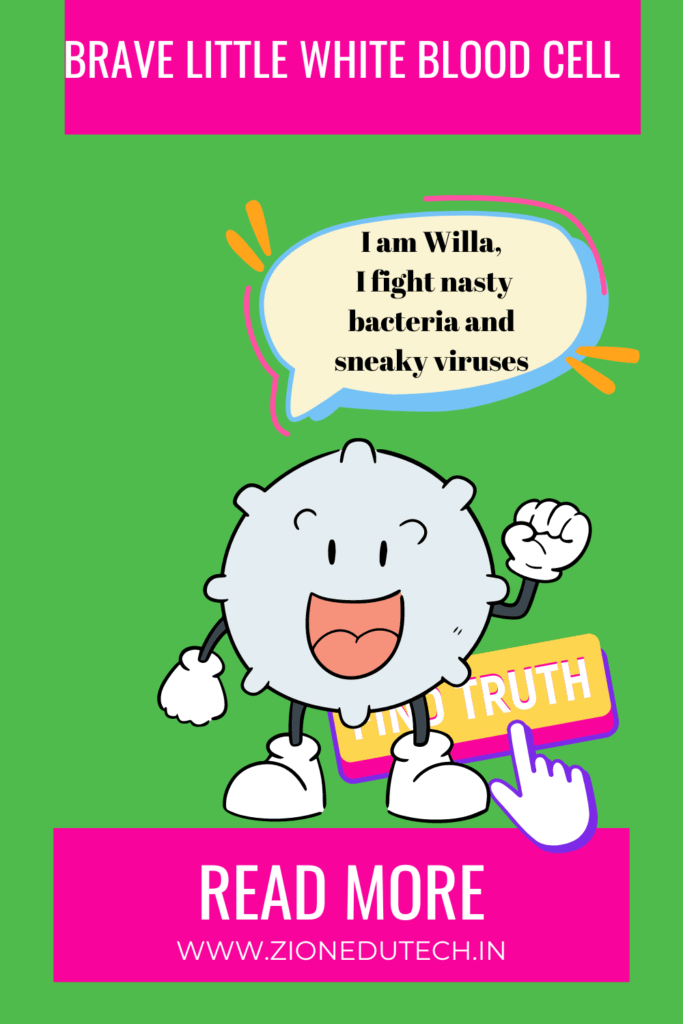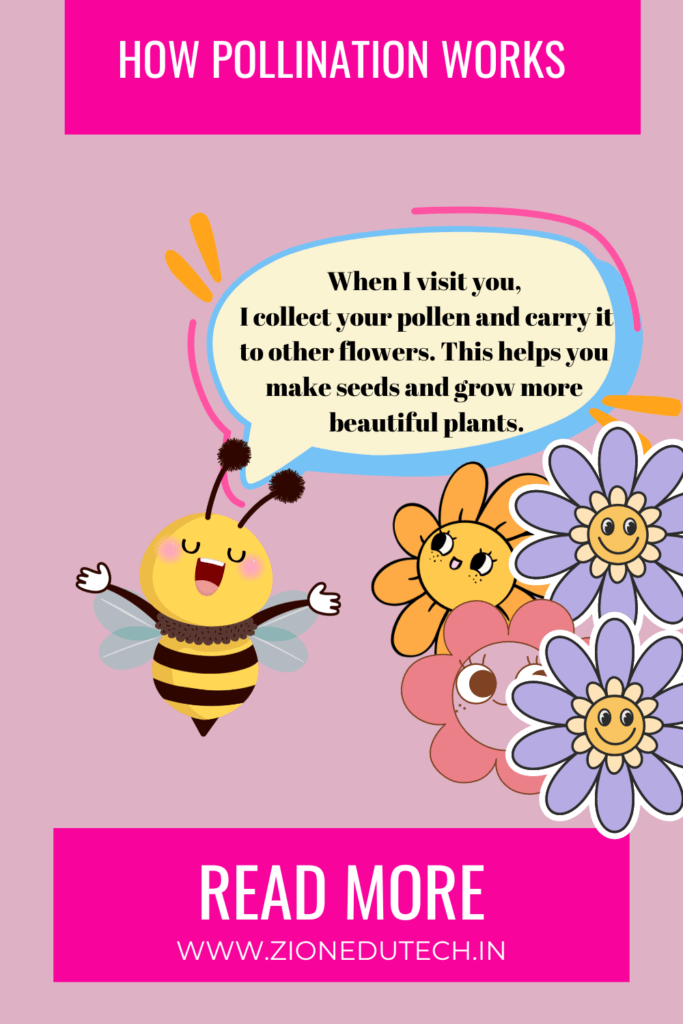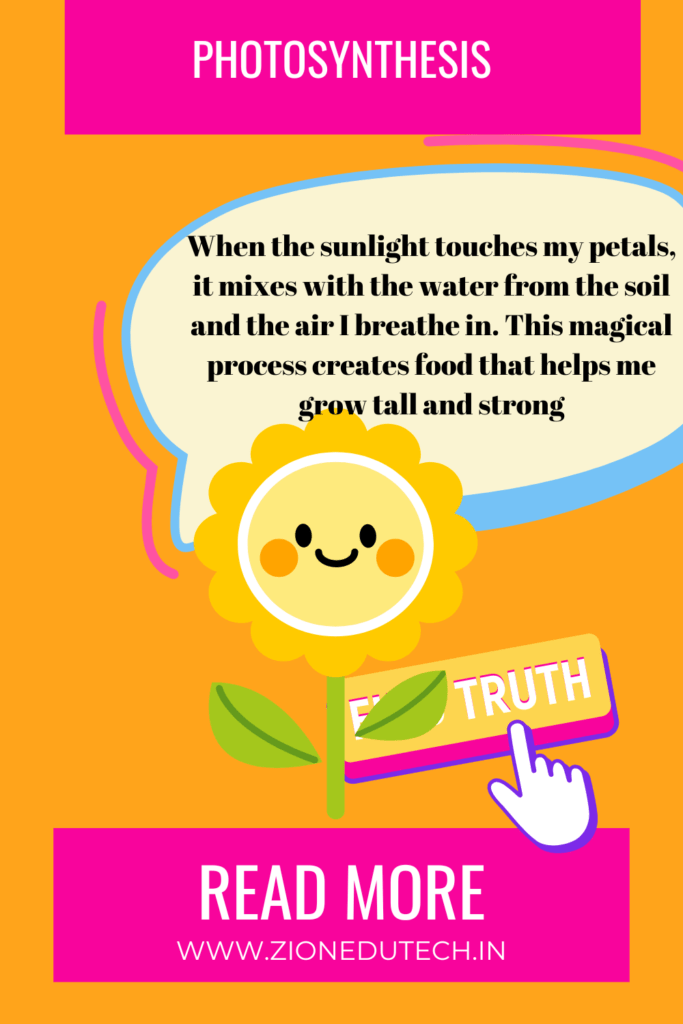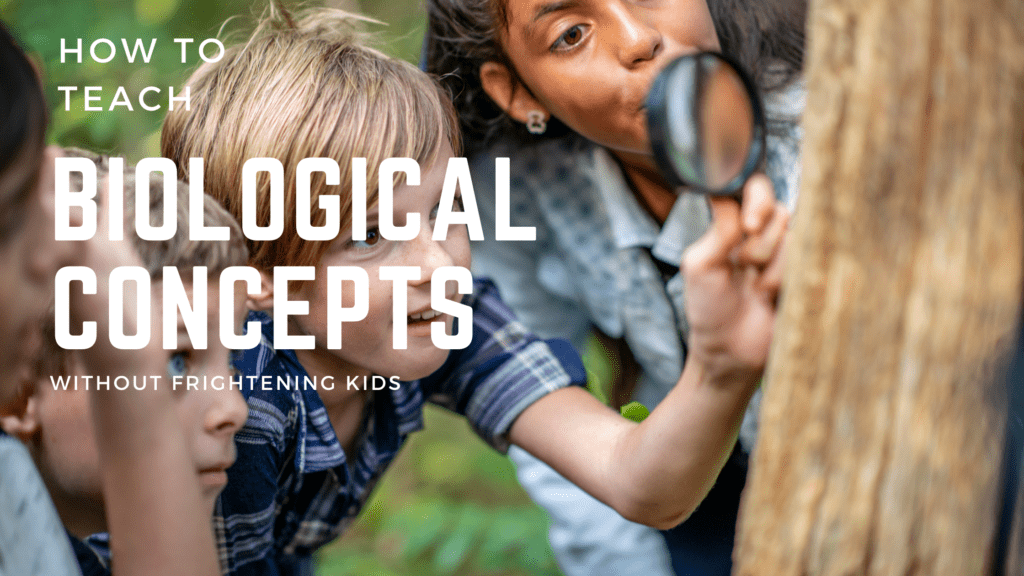
Hey there, amazing parents and educators!
Let’s talk about something super important: teaching young kids about biology without giving them nightmares. We all know that kids are naturally curious, but sometimes the world of biology can be a bit overwhelming. The key is to make science fun and engaging while keeping things light and friendly. Ready to dive into how we can make biology a blast for our little learners? Let’s get started!
1. Celebrate the Magic of Nature
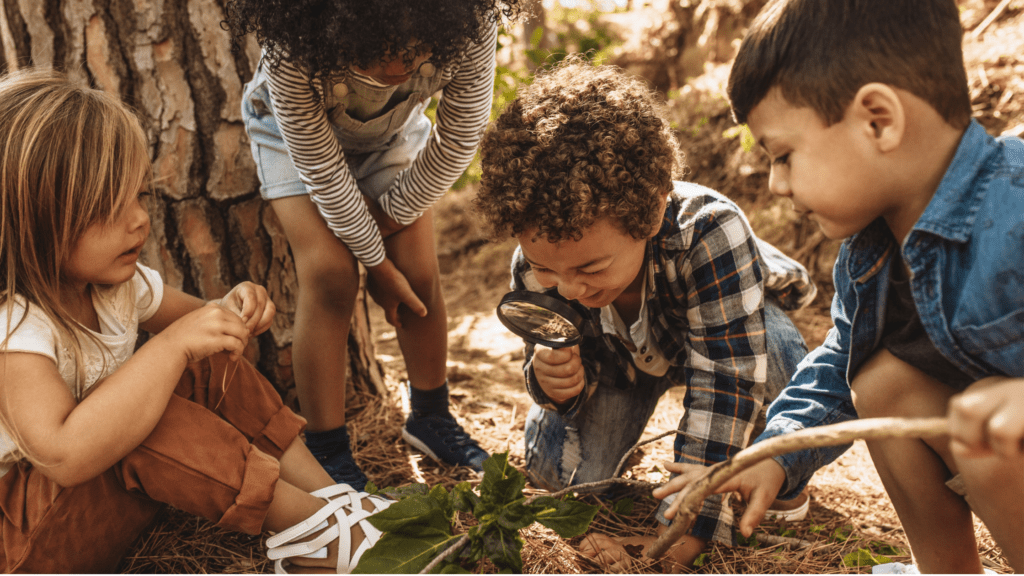
Kids are fascinated by nature—there’s so much to explore! Instead of diving into the nitty-gritty details of, say, decomposition, let’s highlight the amazing, magical aspects of the natural world. Think of it as a big adventure where everything is exciting and wonderful!
Example: Instead of talking about how things break down, focus on the fantastic world of worms. Kids can learn that worms are like nature’s superheroes, turning old leaves into rich soil that helps plants grow. How cool is that?
2. Choose Words Wisely
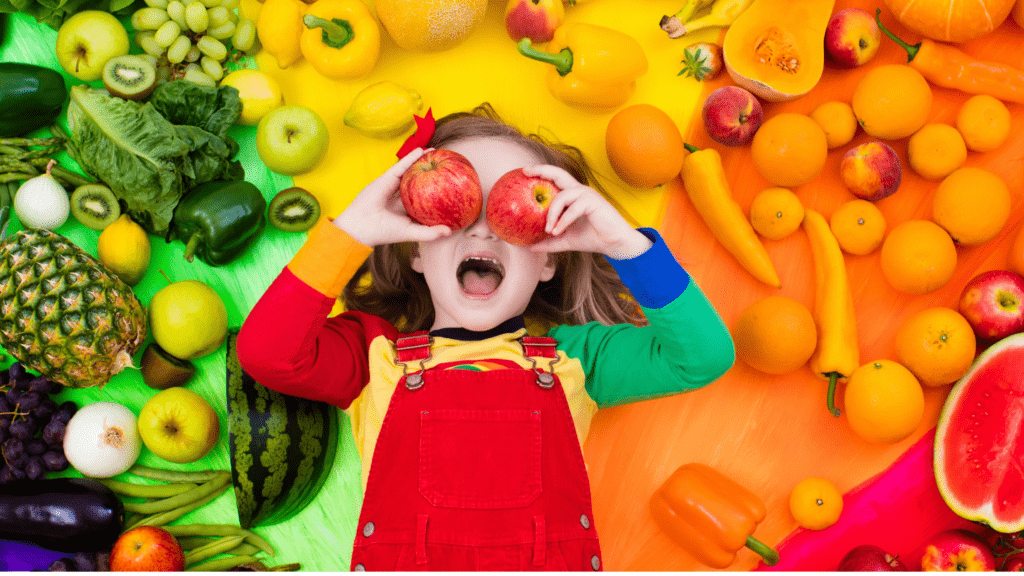
Language is powerful, especially with young minds. Instead of using terms that might sound scary, opt for words that are comforting and fun. For instance, instead of “germs,” you could talk about “tiny invaders” that we keep at bay with our superhero hand-washing skills.
Example: If you’re discussing how our body fights off illness, frame it as a “superhero team” inside us that’s always on the lookout to keep us healthy. It turns a potentially scary topic into an exciting story!
3. Get Hands-On with Learning
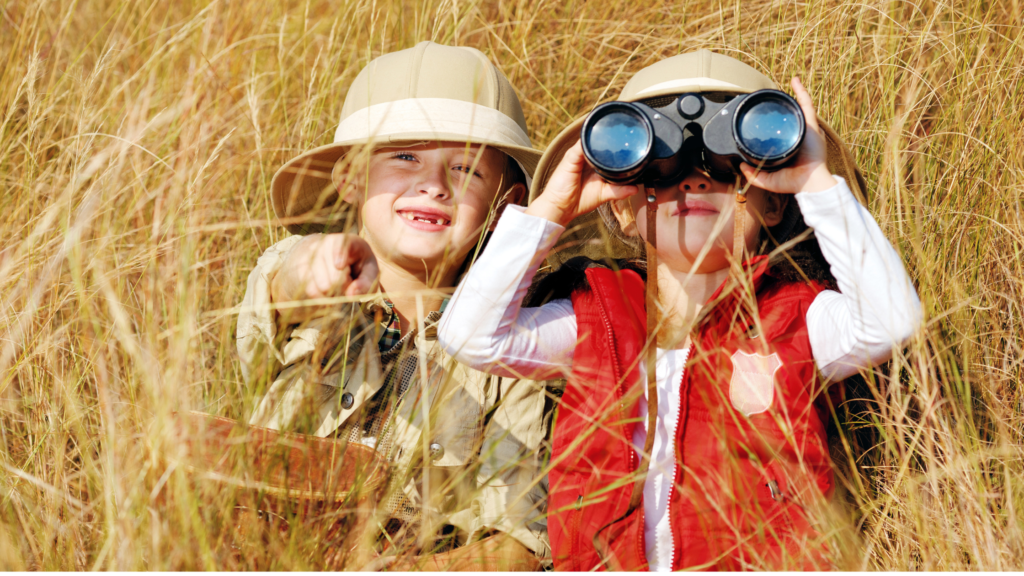
Kids love to touch, explore, and experiment. Turn biological concepts into hands-on activities that are both educational and entertaining. This way, they learn by doing, and it becomes a fun adventure rather than a classroom chore.
Example: Set up a mini-garden where kids can plant seeds, water them, and watch them sprout. This hands-on experience helps them learn about plant life cycles in a delightful and tangible way.
4. Use Fun and Friendly Visuals
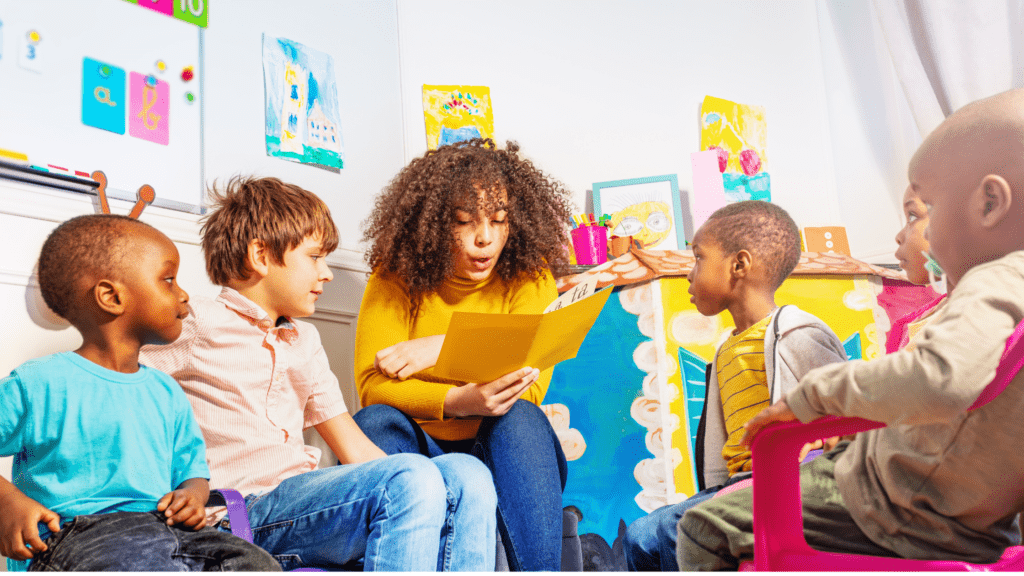
Bright, cheerful visuals are your best friends when teaching young kids. Picture books, animated videos, and colorful charts can turn abstract concepts into something they can easily grasp and enjoy.
Example: Grab a picture book with cute illustrations of animals and plants. A book with vibrant visuals can make learning about animal habitats or plant growth a captivating experience.
5. Tell Stories and Create Analogies

Kids connect with stories and analogies. By weaving biological concepts into fun stories or using creative analogies, you can make learning about science feel like an exciting tale rather than a textbook lesson.
Example: Compare the way plants need sunlight to superheroes needing their special powers. Just like superheroes need their powers to be strong, plants need sunlight to grow. It’s a fun way to explain plant biology!
The Brave Little White Blood Cell
Concept: The role of white blood cells in fighting infections.
Story: In the vast and mysterious land of the Human Body, there lived a brave little white blood cell named Willa. Willa was always on the lookout for troublemakers, like nasty bacteria and sneaky viruses that tried to cause harm.
One day, a mean virus named Virox invaded the body. Willa quickly gathered her fellow white blood cells and led the charge to defend their home. They tracked Virox through the bloodstream, surrounding it and neutralizing its powers. With teamwork and determination, they protected the body and restored peace.
Willa’s bravery taught kids that their bodies have amazing defenders working day and night to keep them healthy. Whenever they felt unwell, they could imagine Willa and her friends fighting off the invaders, making them feel safe and reassured.
The Tale of Benny the Busy Bee
Concept: Pollination and the importance of bees in plant reproduction.
Story: In a colorful garden, buzzing with life, there lived a busy bee named Benny. Benny loved flowers and had an important job: he was a pollinator. Each day, Benny visited countless flowers, collecting nectar and pollen.
Benny explained to his flower friends how pollination worked. “When I visit you, I collect your pollen and carry it to other flowers. This helps you make seeds and grow more beautiful plants.”
The flowers were grateful to Benny, and the garden flourished with vibrant blooms. Benny’s story showed kids the essential role bees play in nature, and why protecting them is so important. Kids learned to appreciate the hardworking bees and how they contribute to the beauty and health of our world.
Get More Stories on Science here ⬇️
Sunny and the Magic Sunlight
Concept: Photosynthesis and the role of sunlight in plant growth.
Story: In the enchanted forest of Leafland, lived a tiny sunflower named Sunny. Sunny was special because she had a secret: she could turn sunlight into food! Every morning, when the sun rose, Sunny’s petals would stretch wide to soak up the golden rays.
Sunny explained to her forest friends how the magic of photosynthesis worked. “When the sunlight touches my petals, it mixes with the water from the soil and the air I breathe in. This magical process creates food that helps me grow tall and strong.”
Sunny’s friends, the curious critters of Leafland, were amazed. They began to appreciate the sun even more, knowing it helped their friend Sunny stay vibrant and healthy. Sunny’s story spread throughout the forest, teaching everyone the wonders of sunlight and growth.
6. Gently Address Curiosity

Children’s questions about biology can sometimes be challenging. It’s important to address their curiosity with honesty but keep explanations simple and reassuring. This way, they get the answers they’re looking for without feeling overwhelmed.
Example: If a child asks about why some animals have sharp teeth, explain that these animals use their teeth to eat different kinds of food, which helps them stay strong and healthy. Focus on the positive aspects of how animals are adapted to their environments.
7. Make Learning a Playful Adventure

Make Learning a Playful Adventure
Play is an incredible way to teach kids. Use educational toys, games, and interactive activities to make biological concepts come alive. The more playful the learning, the more engaged the kids will be.
Example: Use a toy microscope to let kids explore the world up close. They can look at leaves, insects, or other natural items, turning science into a thrilling exploration.
8. Promote Care and Respect

Teaching kids about biology also means instilling a sense of respect and care for living things. Emphasize the importance of being kind to animals and the environment, which helps foster a positive attitude towards nature.
Example: Discuss how recycling helps protect animals and their habitats. Show kids that taking care of our planet is a way to show love and respect for all living things.
9. Create a Safe and Supportive Space

A positive learning environment is crucial. Make sure children feel safe and supported as they explore biological concepts. Encourage them to ask questions and express their feelings without fear.
Example: If a child seems uneasy about a topic, take the time to reassure them and explain things in a way that makes them feel comfortable. Let them know that it’s okay to be curious and to ask questions.
10. Celebrate Discoveries and Curiosity
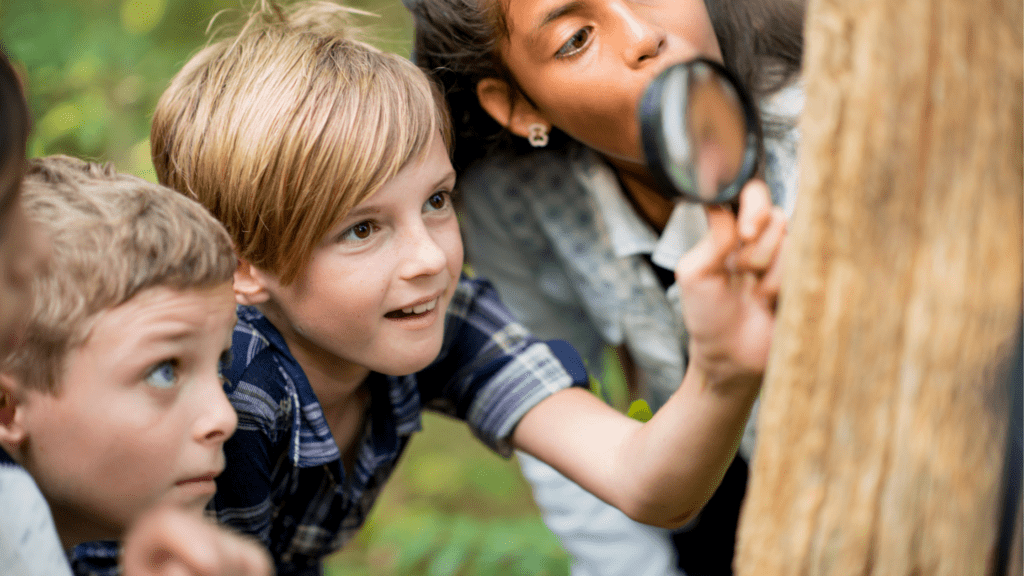
Finally, celebrate every little discovery and moment of curiosity. Recognize and praise children’s efforts and interests in biology. This encouragement helps them build confidence and keeps their enthusiasm for learning alive.
Example: If a child identifies a plant or insect correctly, give them a high-five and celebrate their knowledge. Show them that their curiosity and learning are valued and appreciated.
Wrapping It Up
Teaching biology to young kids doesn’t have to be daunting. By focusing on the wonders of nature, using positive language, and making learning interactive and fun, we can help children develop a love for science without any fear. Let’s make biology a magical adventure where curiosity is celebrated and learning is a joy!
What are your favorite ways to make science fun for kids? Share your tips and experiences in the comments below. Here’s to making biology a delightful journey for our little explorers!
Happy teaching and discovering! 🌟

